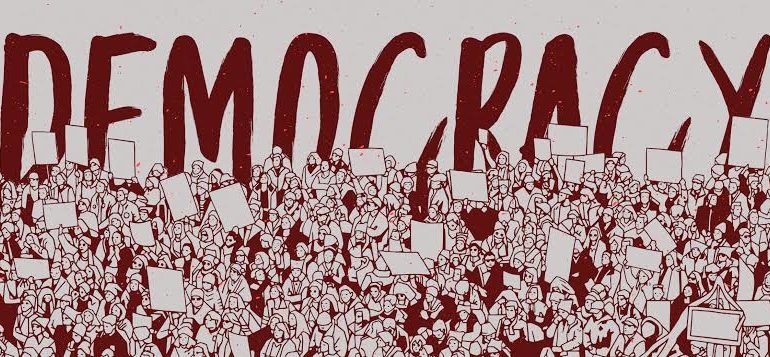India, known as one of the oldest democracies of the world boasts of registering its name in the list of the most successful governments existing at present. But, to what extent are these records accurate? Do these statistics share a common view with the common Indians? This Republic day, we dive in the history of India’s elective Government and to what level it justifies this title.
Democracy as defined by the Oxford dictionary is – “a form of government that allows the citizens to participate in political decision making, or to elect representatives to government bodies.”
India, is largely considered as one of the greatest democracies of the world, for its unity while housing a huge diversity. But, how far do you think this statement holds true? Do the political leaders in power, indiscriminately represent the voice of the common for real? As per the essence of Democracy, one may doubt that despite of a political party possessing the power the title of “ruling”, is the actual power truly resident in the hands of the Indian voters? Questions like these often pop in our mind when we start our day with our morning dose of chai reading the daily document of latest happenings.
The elective Government of India, in its entire tenure of existence, includes some happenings which make us rethink of us being the citizens of a representative nation. Infact, without any provision to make the person standing in the elections to abide by his words and promises when he gets to rule, one can even perceive the democratic rule of India to be limited only till the proceedings of the election propaganda. The leaders, who at the time of contesting elections claim to invest the people’s money in various developmental schemes, hardly maintain any transparency about the utilisation of that currency after coming into power. Ironically the Government which claims to be belonging to the people, becomes unsuccessful in being truthful and open to the same people.
The common man and woman who, sardonically are of supreme importance in an elective nation, have no direct power to remove the modern day monarch AKA Prime Minister for five complete years, if he proves to be contrary to what he projected himself while seeking the support of the people. All they can do is create pressure on the ruling party by Dharnas, protests or strikes which again by the ultimate power of the modern monarch and his officials are often shunned by their control over the police, as was exemplified by the recent speculation about the incident of Jamia Millia Islamia (JMI). The opposition which is meant to play a crucial role in guarding the ruling party often ends up in either using nasty ways to brainwash the people causing a turmoil or highlighting only the self beneficent issues, excluding the matters associated with the good of the masses.
Surely, India has progressed massively since 1950 which doubtlessly deserves all the appreciation but yet, there are many deep loopholes, shortcomings and blemishes which require appropriate treatments to maintain the Nation’s spirit of democracy. So, this Republic Day lets not only celebrate the country’s success but also commit to spreading awareness, and take measures to transform it into a true democracy, not only in words but also in action.
Feature Image Credits: Medium
Kriti Gupta
[email protected]






 1) The Satanic Verses
1) The Satanic Verses
 5) The Polyester Prince
5) The Polyester Prince